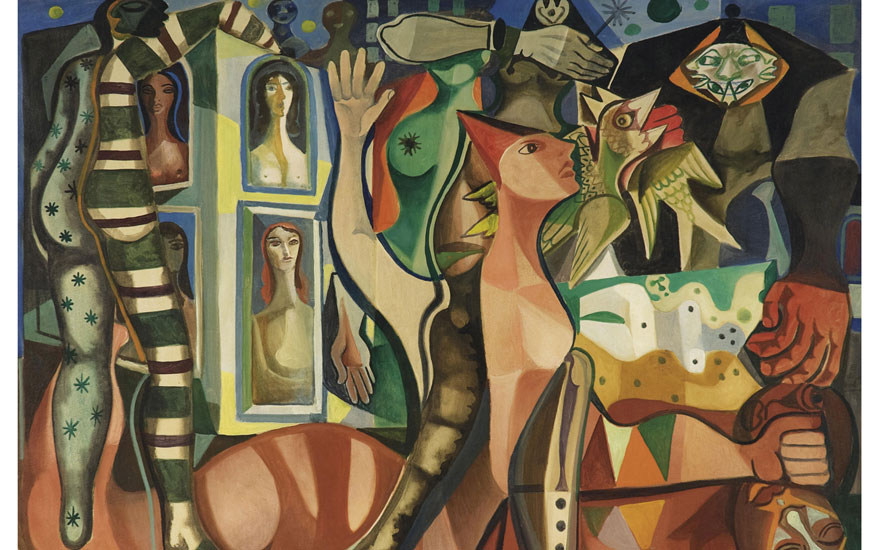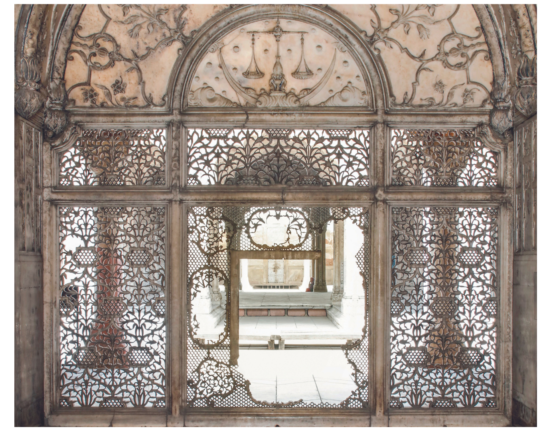Tagore’s pan-Asian outlook drew inspiration from art across the wider continent, in particular Japanese ink-wash painting, which contributed to the dream-like quality of the Bengal School images. Abdur Rahman Chughtai’s Endless Journey; Chinese Girl exemplifies this fusion of Eastern influences.
According to Nishad Avari, Head of Sale, South Asian Modern + Contemporary Art, ‘The movement had a profound influence on artistic production in South Asia, particularly on Nandalal Bose (1882-1966), whose drawings of Gandhi were fundamental in mythologising the anti-colonialist as a humble, but resolute servant of the people.’
Later artists who were inspired by the Bengal School’s powerful symbolism included the Indian modernist Ganesh Pyne.
Stridentism, Mexico, 1920s
One night in December 1921, a manifesto appeared on the walls of Mexico City. Its rhetoric was so provocative that it seemed to seethe with the pugnacious energy of a prize fighter. Written by a young, subversive poet called Manuel Maples Arce (1900-1981), the manifesto exhorted Mexican intellectuals to seize the day, and stop living in the past.
‘Death to Father Hidalgo, Down with San Rafael and San Lázaro!’ wrote the poet, referring to the great hero of Mexican independence and two revered saints. The text also quoted Filippo Tommaso Marinetti’s (1876-1944) Futurist manifesto — ‘An automobile in motion is more beautiful than the Victory of Samothrace’.
This was the birth of Stridentism, a literary and artistic movement that incorporated European modernist trends, like Futurism, with Mexican Art Nouveau and Art Deco.







